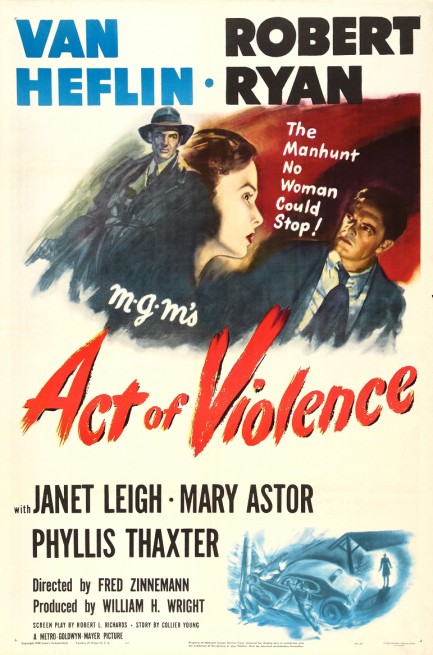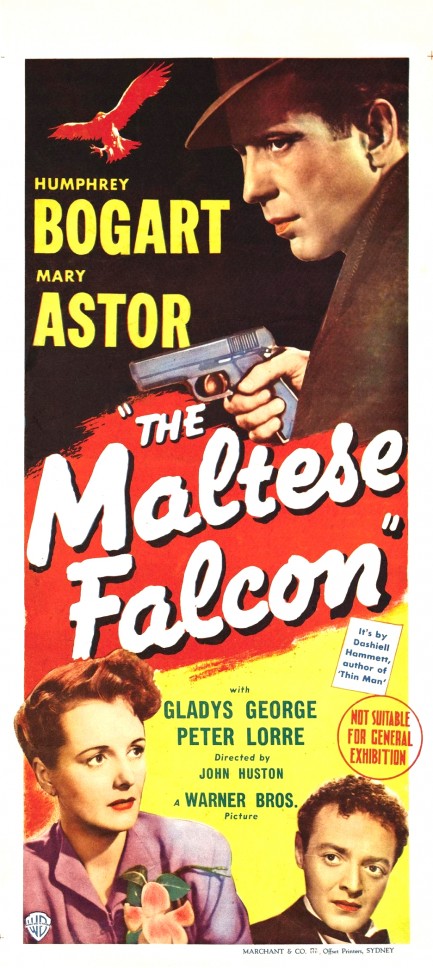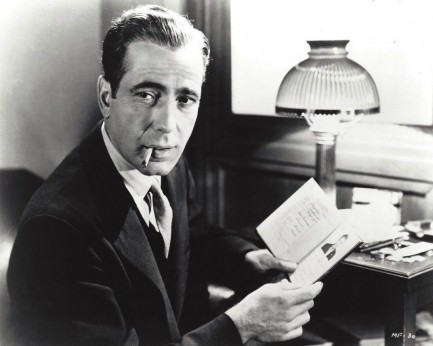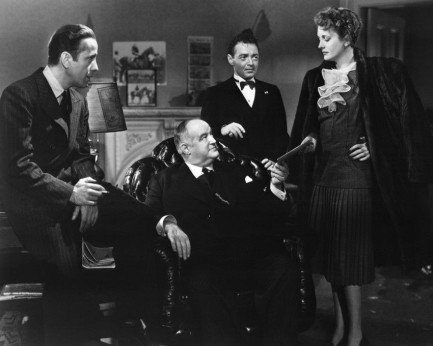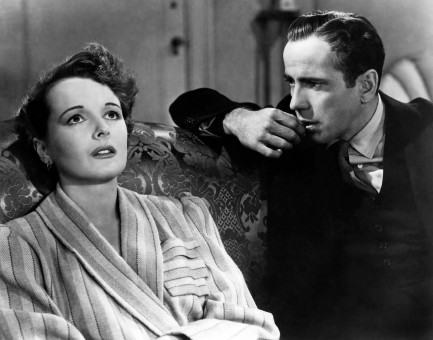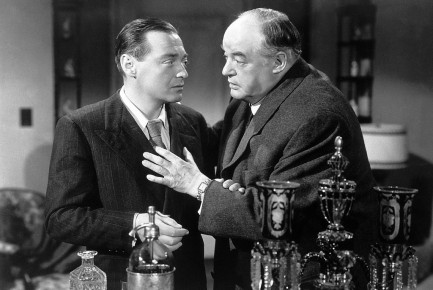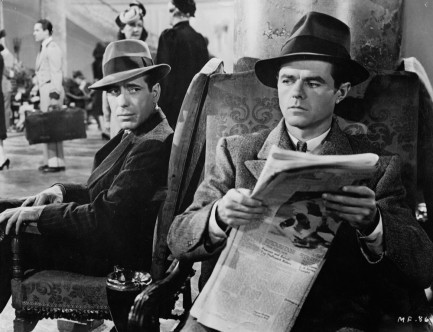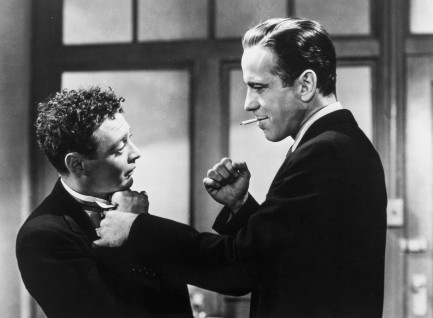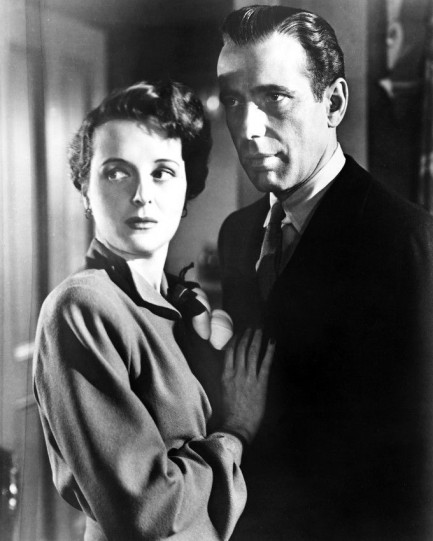 Rare Maltese bird migrates to Asia. 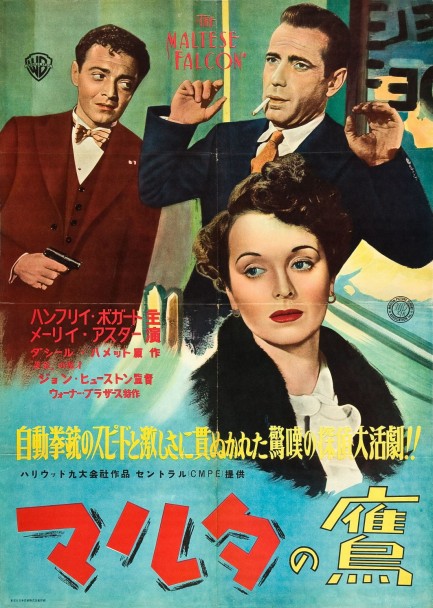
Above: a very nice Japanese poster for the classic early film noir The Maltese Falcon, with Humphrey Bogart, Mary Astor, and Peter Lorre. The movie was titled in Japanese, “colors of Malta,” which we can't see as any better than the original, but whatever. It's a great piece of art. We've talked about the film only briefly, because what more can we offer than the numerous film experts who've reviewed it? However, we do have a lot of associated poster and book art, some of which you may not have seen. We suggest looking here, here, here, and here.
 The past is never dead. It's not even past. 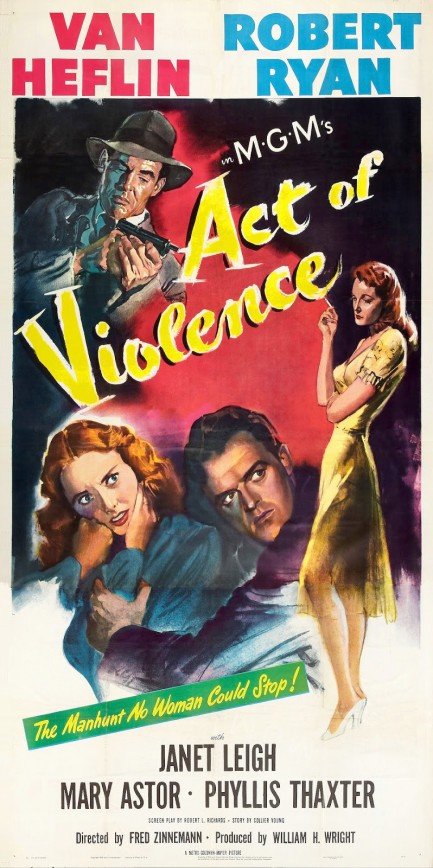
Long review short—Act of Violence, which premiered today in 1949 and starred Van Heflin and Robert Ryan, is as solid as film noir gets. You have a comfortable middle class protagonist whose good life will be screwed if he doesn't take drastic action to deal with the repercussions of a past decision. You have characters whose motivations, as they are revealed to the audience, shift those characters' positions on the spectrum of good and evil. You have three female co-stars who each nudge the plot in different directions. And you have top notch film noir stylings brought to life by director Fred Zinnemann and cinematographer Robert Surtees.
The plot involves a terrible event from the war to which Heflin and Ryan are the only surviving witnesses. They're pitted against each other because of this event, and while one hopes to let the past die, the other is driven to force a reckoning. We'll leave the plot description there. Acting-wise, Heflin is good, Ryan is solid as always, and you get to see Janet Leigh near the start of her film career and Mary Astor near the end of hers, legends passing in the noir. We haven't seen Act of Violence ranked among the top films in the genre, but for our money it's up there with some of the best. See it. 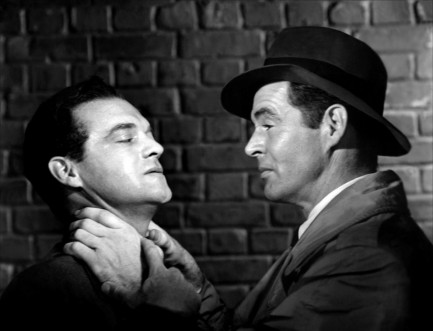 Let me feel your neck for a second. Don't worry, I've gotten over your devastating betrayal. Let me feel your neck for a second. Don't worry, I've gotten over your devastating betrayal.
 The courtship is dangerous, but the engagement is murder. 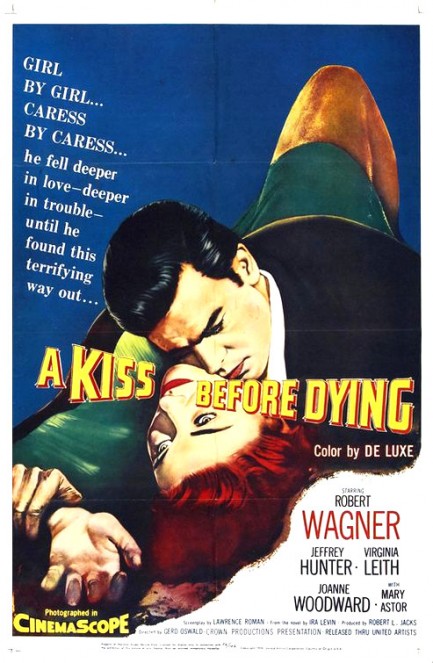
A Kiss Before Dying should perhaps be titled “A Xanax Before Dying,” because Robert Wagner and co-star Joanne Woodward both perform as if they've gotten into the medicine cabinet. They play a young couple that accidentally conceive. Wagner envisions his life's ambitions going up in a haze of diapering and 6 a.m. feedings, so he decides to get rid of the baby. Abortion is out of the question, of course, so he tries gently nudging Woodward down a set of bleachers at the local university. When her tumble fails to produce the desired miscarriage, Wagner decides to up his game with a pharmacological solution—and murder.
Best exchange of dialogue, as Wagner parts one evening with an unsuspecting Woodward:
Woodward: “Goodnight.”
Wagner: “Good-bye, baby.”
The attraction in this film is Wagner, who's so smarmy and eely he might make you laugh out loud—at least until you realize how brutal he's prepared to be. Only in a vintage movie can a guy be so obviously evil yet have nobody take notice. A sign around his neck reading, “I think about nothing but homicide 24/7,” would have been ignored. But of course Woodward, while remaining studiously oblivious to her mortal peril, is harder to kill than expected.
Each year the Noir City organizers try to get audiences to take a fresh look at a few non-noir films, but their choices have occasionally been dubious. A Kiss Before Dying is a solidly but unspectacularly directed Deluxe Color production that lacks pretty much any noir iconography, but in terms of script and characterization it's a good fit for the festival. Plus Mary Astor plays Wagner's mom, and she's noir enough to satisfy us any day of the week. Put this in the flawed-but-interesting bin. 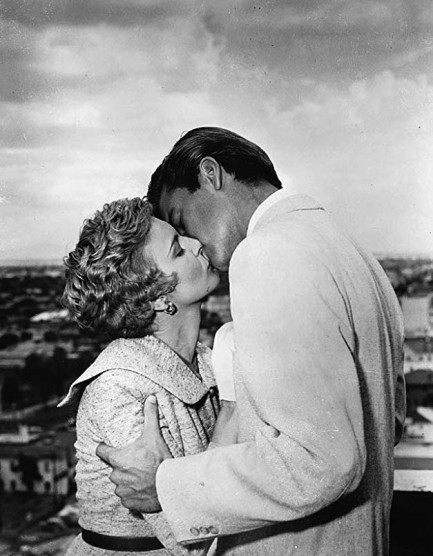 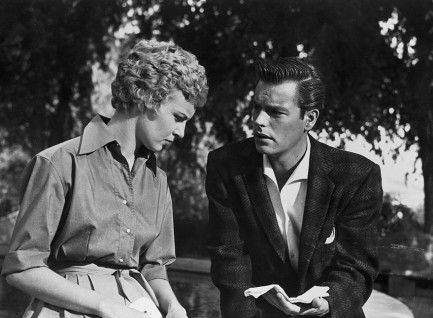 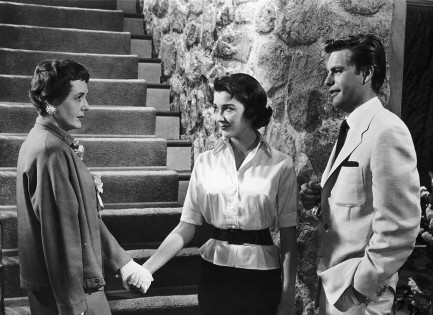 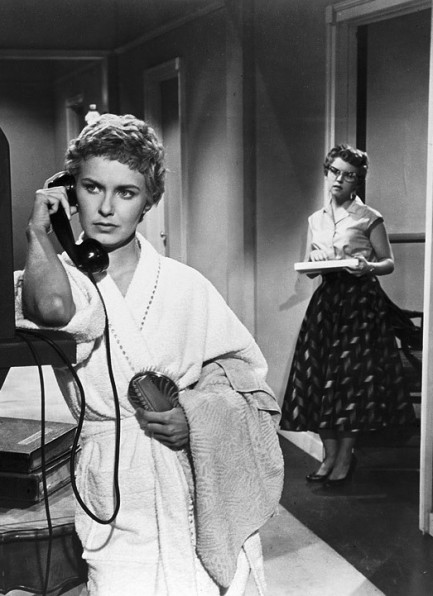  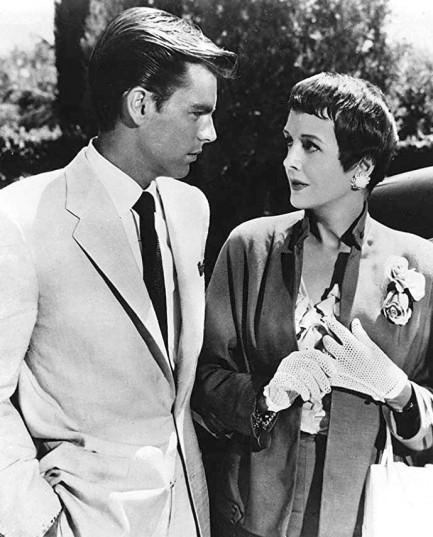 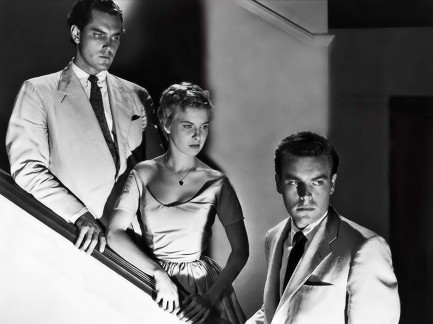 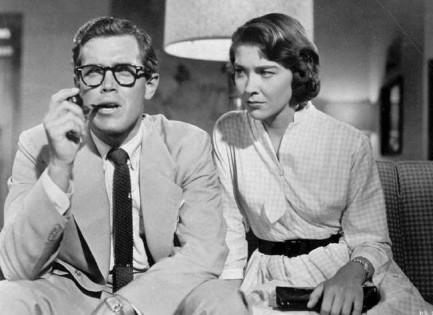 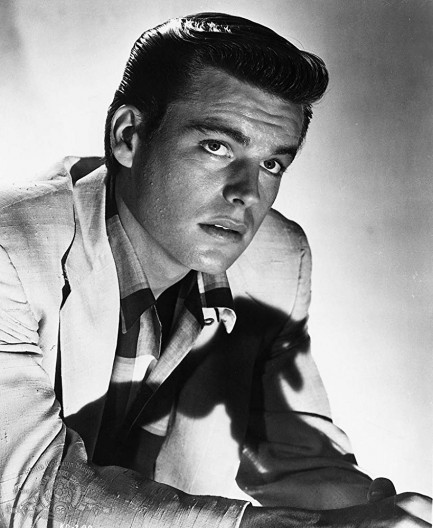 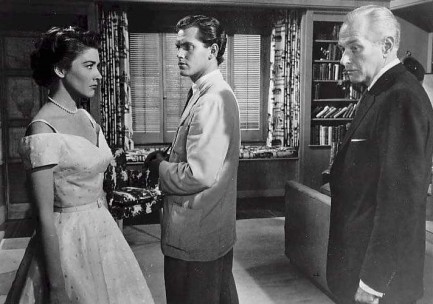 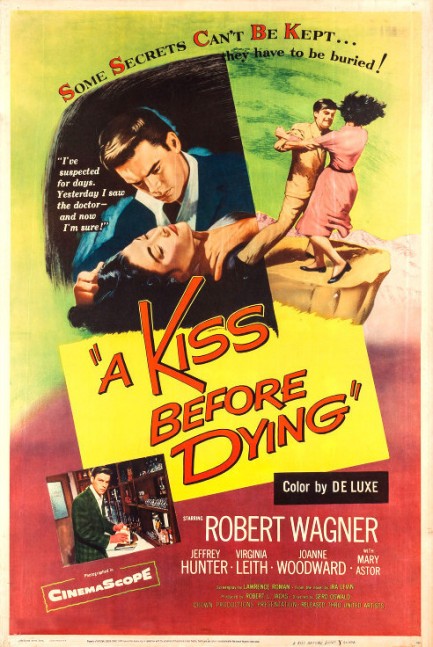
 Getting Mary-ed was one of the most important decisions of her life. 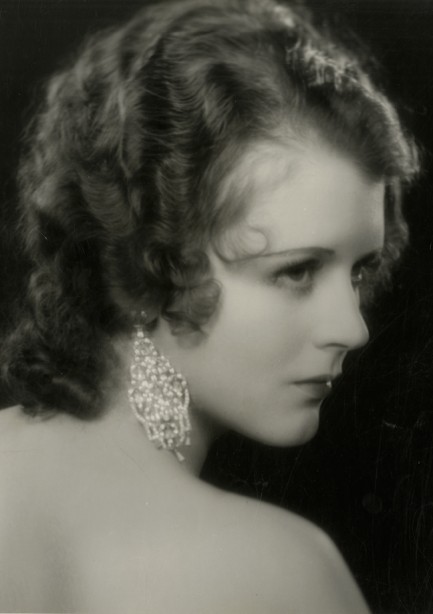
Above you see a Paramount Pictures promo image of U.S. actress Mary Astor made around 1930. Astor is remembered by movie fans for her role in 1941's The Maltese Falcon, but she had been in film for more than twenty years by then. We often note show business name changes. Astor's real name was Lucile Langhanke. Would she have been as successful using that name? There's no way to know, but we doubt it. To us, Langhanke sounds like a cut of meat. Like something from the middle ages. Gimme a langhanke and an ale! And a roasted Maltese falcon too! Acting is hungry work! But instead she appropriated the family name of a strain of British royalty and her career took flight, so it seems Mary made the right choice.
 God, I love these pants. Fashion may be transitory, but these will never go out of style. 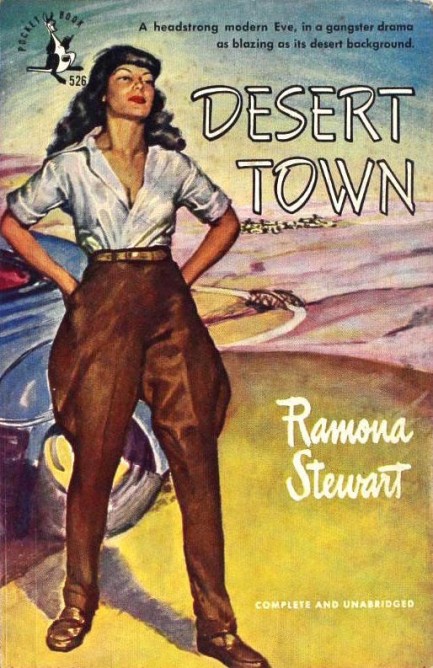
Here's an interesting cover for Romana Stewart's Desert Town showing that confidence is the key to fashion. You gotta wear it like you mean it. Even if it's jodhpurs. The story here is a coming of age tale about a seventeen-year-old girl pursuing an older man, with the pursuit complicated by her eerie resemblance to the man's dead wife, the fact that her mother is basically the queenpin of the town, and the fact that the man is a hustler and the story behind his wife's death may not be as simple as it seems. There's even more to it—a fierce rival for the man's attention, crooked cops, a dangerous gangster, an alcoholic wife, and other curious smalltown characters. The story was adapted for cinema in 1947 as Desert Fury, starring Burt Lancaster, John Hodiak, Lizabeth Scott, and Mary Astor. The cover artist on this 1948 Pocket Books edition is Roswell Keller, whose work was last seen on the front of Slay the Loose Ladies, a paperback we included in our alpha males collection.
 Twilight of the flapper age. 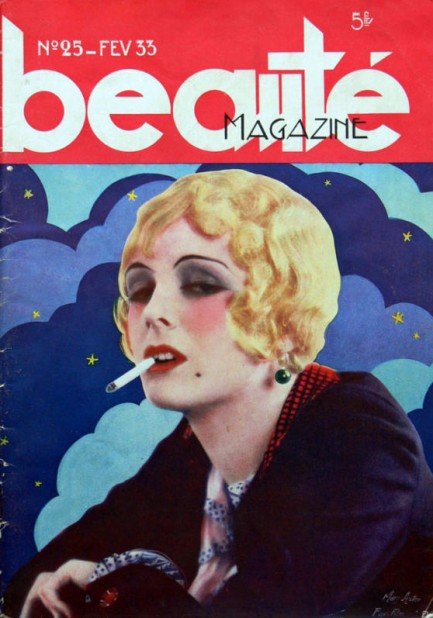
The French erotic magazine Beauté may look familiar to you because we shared another copy of it a while back. That one was from 1937 and was called Beautés. This one, with a stylized twilight time photo-illustration, was published in 1933, when the Depression was in full swing. Perhaps that’s why the cover subject, who has a flapper/party-girl aspect, looks so weary and jaded. If her face rings a bell, that’s because she isn’t just any flapper—she’s Mary Astor, whose forty-four year screen career included turns in Dodsworth, The Maltese Falcon, The Hurricane, Across the Pacific, and The Great Lie. We have no idea why Beautés dropped the “s” from its name. Nothing was dropped from inside, though—it’s erotica as only the French were able to do it. Nine scans below, including a great shot of Muriel Evans, star of numerous films between 1928 and 1940. 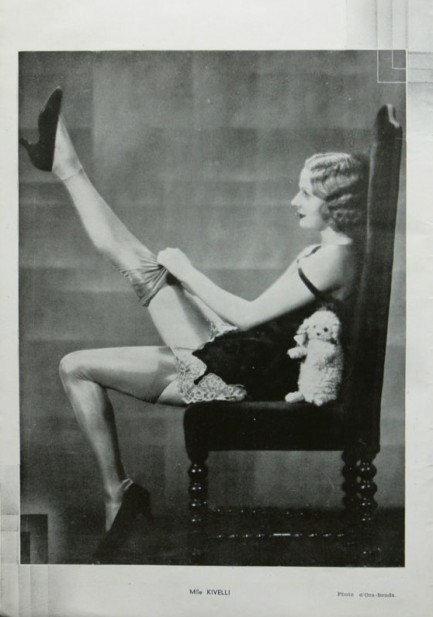  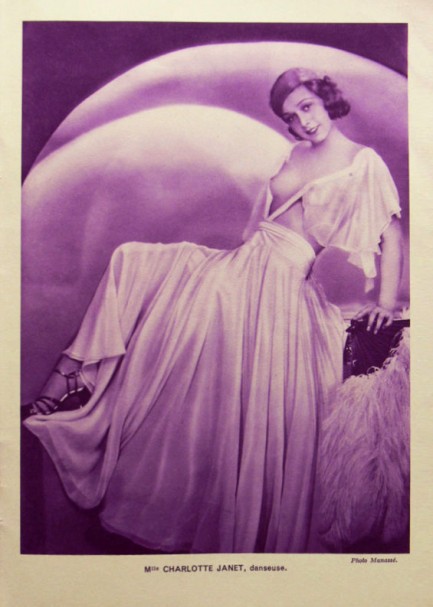 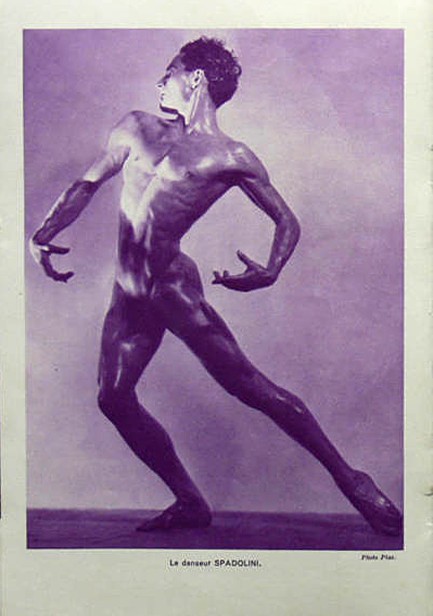 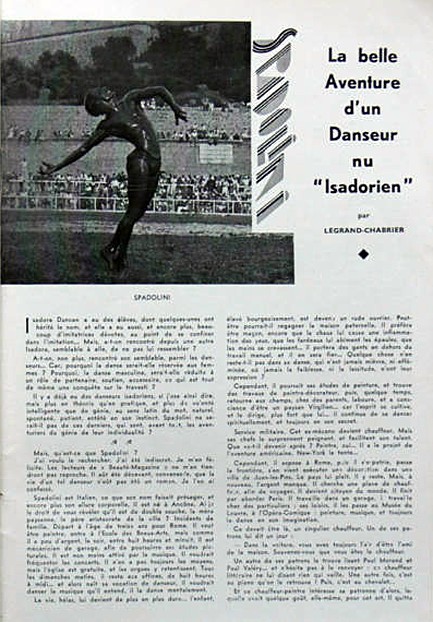 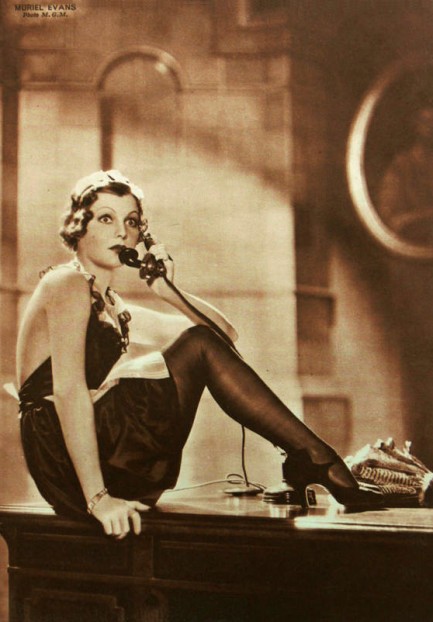
 Black bird singing in the dead of night. 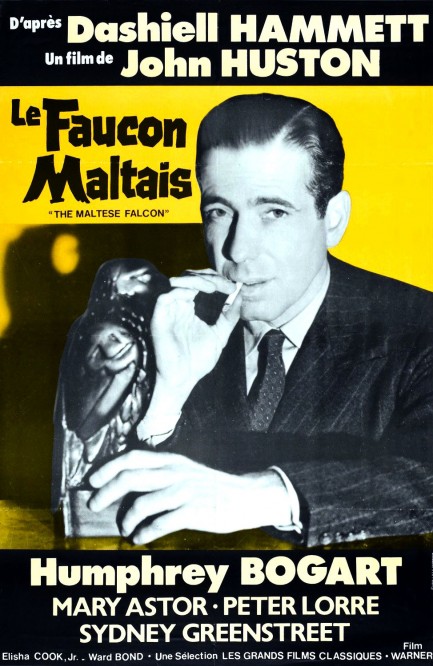 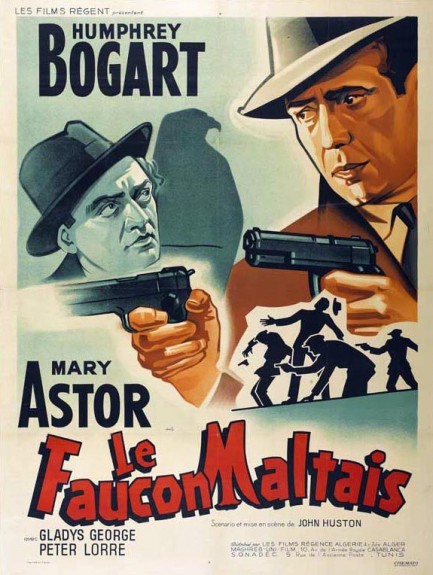
Above are two French posters for one of our favorite movies, The Maltese Falcon. Dashiell Hammett’s novel was originally adapted in 1931 by Roy Del Ruth with Bebe Daniels and Ricardo Cortez in the leads. Though that version was good, John Huston and Warner Brothers Studios chose to remake the film in 1941 and hit the jackpot pairing Humphrey Bogart and Mary Astor as Sam Spade and Brigid O’Shaugnessey. With Peter Lorre, Sydney Greenstreet and Elisha Cook, Jr. in supporting roles, the film was loaded with top talent and is considered the first film noir. If you haven’t seen it, rent it. And if you like it, rent the 1931 version too—the contrast is striking. Le faucon Maltais opened in Paris today in 1946.
|
 |

The headlines that mattered yesteryear.
2003—Hope Dies
Film legend Bob Hope dies of pneumonia two months after celebrating his 100th birthday. 1945—Churchill Given the Sack
In spite of admiring Winston Churchill as a great wartime leader, Britons elect
Clement Attlee the nation's new prime minister in a sweeping victory for the Labour Party over the Conservatives. 1952—Evita Peron Dies
Eva Duarte de Peron, aka Evita, wife of the president of the Argentine Republic, dies from cancer at age 33. Evita had brought the working classes into a position of political power never witnessed before, but was hated by the nation's powerful military class. She is lain to rest in Milan, Italy in a secret grave under a nun's name, but is eventually returned to Argentina for reburial beside her husband in 1974. 1943—Mussolini Calls It Quits
Italian dictator Benito Mussolini steps down as head of the armed forces and the government. It soon becomes clear that Il Duce did not relinquish power voluntarily, but was forced to resign after former Fascist colleagues turned against him. He is later installed by Germany as leader of the Italian Social Republic in the north of the country, but is killed by partisans in 1945.
|

|
|

It's easy. We have an uploader that makes it a snap. Use it to submit your art, text, header, and subhead. Your post can be funny, serious, or anything in between, as long as it's vintage pulp. You'll get a byline and experience the fleeting pride of free authorship. We'll edit your post for typos, but the rest is up to you. Click here to give us your best shot.

|
|




 Let me feel your neck for a second. Don't worry, I've gotten over your devastating betrayal.
Let me feel your neck for a second. Don't worry, I've gotten over your devastating betrayal.